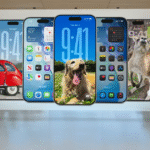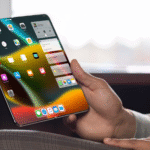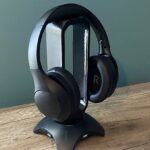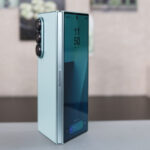Oh shit. Did I leave my phone at home?
I experienced that moment repeatedly while testing the Samsung Galaxy S25 Edge. I’d glance into my bag, or note the lack of weight in my jacket pocket, and my stomach would drop. The phone isn’t there. But lo and behold, after another moment of digging through my purse, or by reaching into my pocket, I’d find it. These moments don’t usually happen when I’m carrying a big phone — but the Galaxy S25 Edge isn’t your average big phone.
On paper it might not sound so impressive. The Edge is 1.5 millimeters thinner than the Galaxy S25 Plus and about an ounce lighter. That’s what all this fuss is about? I was skeptical, too. And I haven’t been completely slim-phone-pilled by the S25 Edge, either. But after living with it for a couple of weeks, I’ve come around to the idea as a pleasant alternative to chunky phones I can barely wedge into an evening bag. Especially since I’ve been able to draw one important conclusion: the battery life is fine.
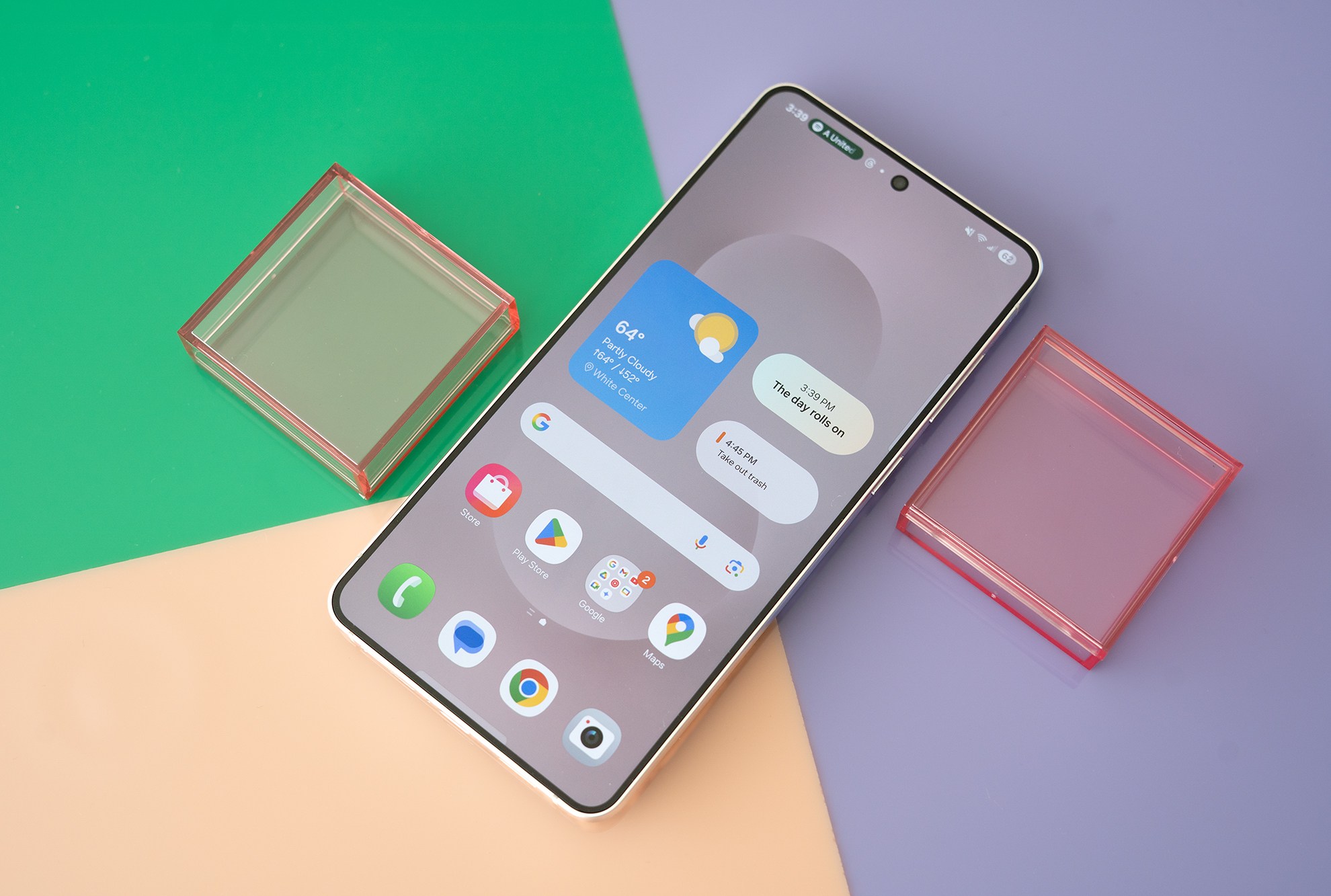
$1100
The Good
- Like a regular phone, but slim
- Surprisingly lightweight
- Battery life isn’t as bad as I feared
The Bad
- No telephoto camera
- Battery life not as strong as a standard phone
It feels like a cop-out to say that you really have to hold the S25 Edge to understand it, but I’ll say it anyway. Maybe after a decade holding phones that are roughly the same size and weight we’ve become hyperaware of even slight weight differences — at least that’s the theory one of my colleagues put forth when I handed the phone to him. I think he’s right.
There are a few scenarios where the slightly slimmer dimensions and lighter weight make a difference. It doesn’t look or feel as bulky as other phones usually do in the side pocket of my yoga pants. I spend a lot of time in yoga pants (and if I’m being honest, zero time actually doing yoga) so I appreciate this. And the S25 Edge actually fits into a slender clutch that’s only designed to hold a couple of credit cards and a chapstick. No other modern phone — save the iPhone 13 Mini — has gone in without a fight.
Samsung Galaxy S25 Edge key specs
- 158.2 x 75.6 x 5.8mm | 163g (5.75 oz)
- 256GB storage | 12GB RAM
- Snapdragon 8 Elite chipset
- 6.7-inch 1440p 120Hz LTPO OLED
- 200-megapixel f/1.7 main camera with OIS | 12-megapixel f/2.2 ultrawide | 12-megapixel f/2.2 selfie
- IP68
- 3,900mAh battery
- 25W wired charging | 15W wireless | Qi2 Ready
I’d be less willing to endorse the S25 Edge if it cost a lot more or the battery life was markedly worse than the standard S25-series phones. Great news: it only costs a bit more, and battery life is only a bit worse. It’s $1,099 compared to the $999 Galaxy S25 Plus. An extra $100 is nothing to sneeze at, but if you’re spreading that cost out over three years the difference is a few bucks a month.
My biggest concern when I started testing this phone was the battery life. The Edge’s 3,900mAh capacity is much lower than the 4,900mAh cell in the S25 Plus. And no surprise, the S25 Edge’s battery doesn’t stretch as far as what you’ll get in the S25 Plus or Ultra. But it’s fine.
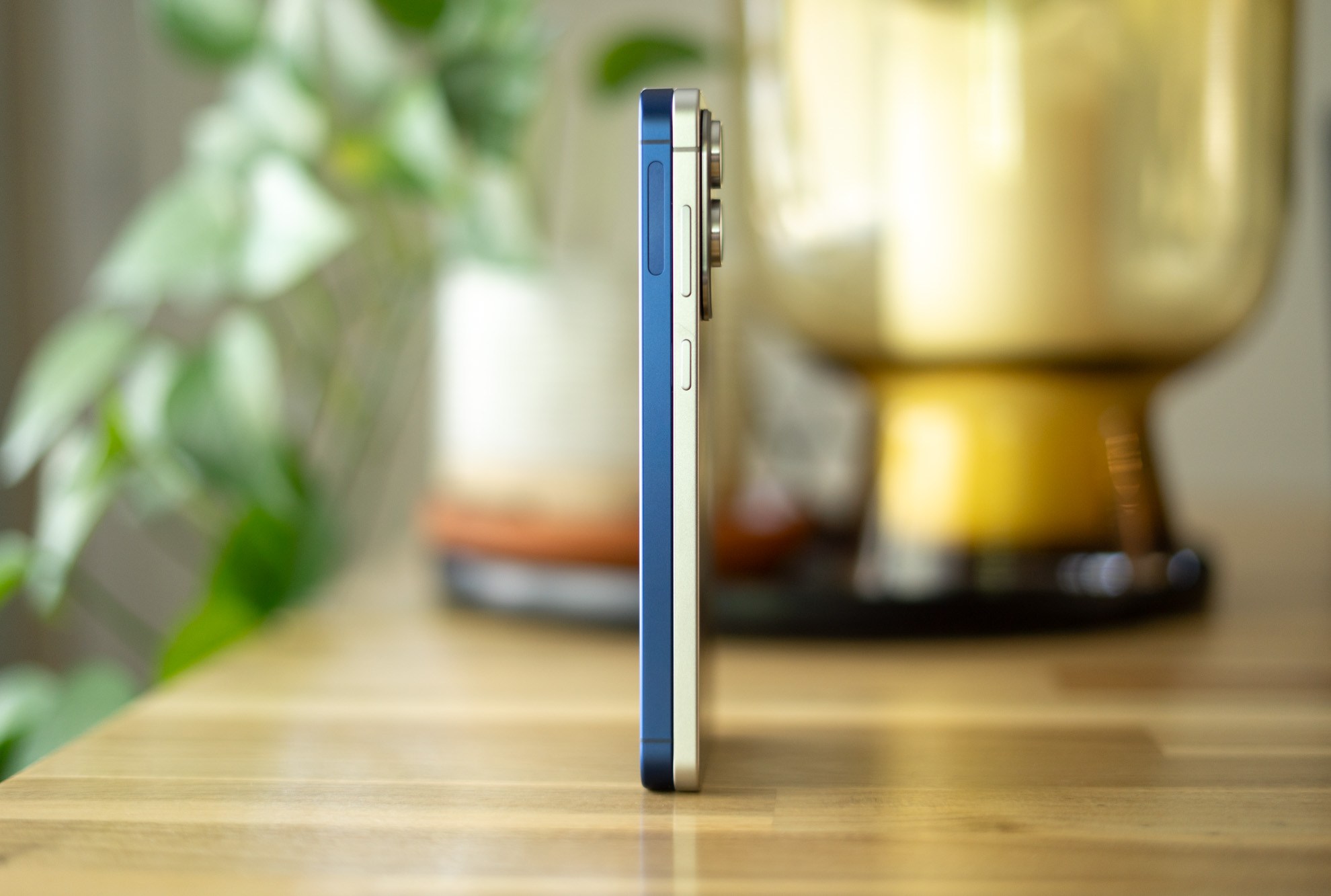
As a rule, I turn on every battery-draining feature I can when I test a phone, including the always-on display and the highest screen resolution and refresh rate settings. With all this enabled I embarked on a trial by fire: a full day covering Google I/O in person. With about three hours of screen-on time and an hour-ish using it as a mobile hotspot to post photos to our live blog, it managed to get through the day with 20 percent left by that night. Did it feel great? No. Under normal circumstances I would have charged it partway through the day, because I suffer from battery anxiety. But it was fine.
I’ll give it a stamp of approval, but with the caveat that if you watch a lot of streaming video or do a lot of graphics-intensive gaming, this is probably not the phone for you. I’m also concerned about what the battery performance will look like a few years from now as its capacity naturally degrades. If you’re the kind of person who wants to hang on to your phone for as many years as possible it wouldn’t be a bad idea to plan on getting a fresh battery swapped in after a few years — take it from an iPhone 13 Mini owner.
On the subject of small phones: the S25 Edge isn’t one. It’s a lighter, more approachable big phone, but I still struggle to get my thumb to the far corner of its 6.7-inch screen. Most people will want to put a case on this phone anyway, which takes it from “slim” to “just kinda regular” rather than “wow this is super chunky.” This is a very vibes-based assessment, but I don’t want any of my fellow small-phone fans to make the mistake of thinking this could be a small phone in disguise.
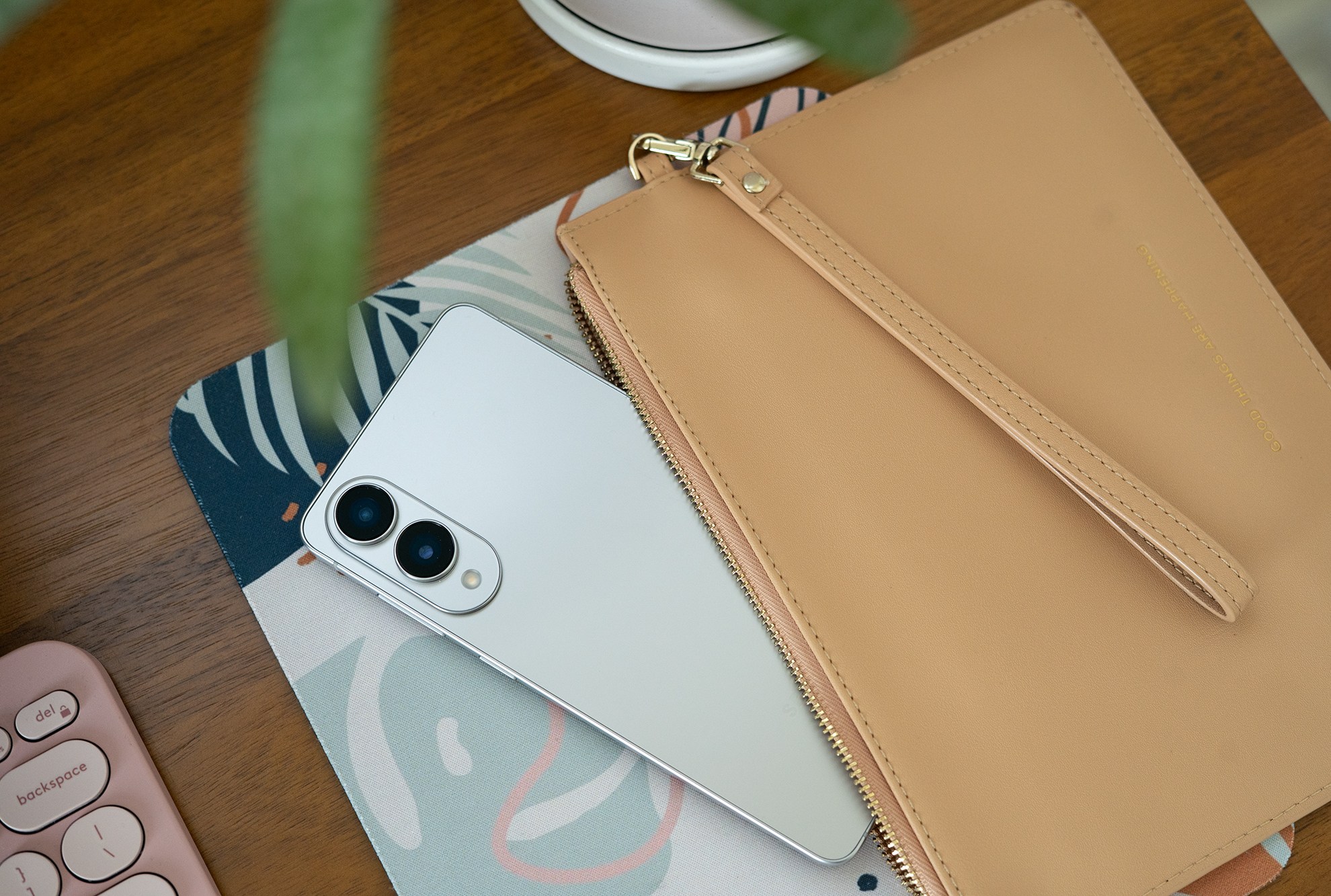
Battery life might be the biggest tradeoff you’ll have to make for this phone, but it’s not the only one. The Galaxy S25 Edge comes with only two rear cameras — a 200 megapixel main similar to the S25 Ultra’s and a 12-megapixel ultrawide. On the standard S25 and S25 Plus you get a 3x telephoto, too. Obviously the size constraints were a factor on the Edge, and Samsung included a top-shelf main camera to make up for the telephoto. I think that was the right call.
I love a dedicated telephoto camera as much as the next guy, especially with Samsung’s excellent portrait mode, but the 2x crop zoom works fine for a little extra reach. As always, you’ll either love Samsung’s punchy, bright colors or they won’t be your cup of tea. I’ve learned to live with them.
Outside of battery life and camera options, the S25 Edge gives up remarkably little. You still get a Snapdragon 8 Elite chipset, full IP68 dust and water resistance, and a 6.7-inch screen with 1440p resolution. Even with the slimmer profile heat dissipation is fine. In everyday tasks I rarely noticed the phone heating up, and it managed a 20-minute Diablo Immortal session with every display setting I could access cranked up. It was toasty by the end, but I didn’t see any drop in performance.
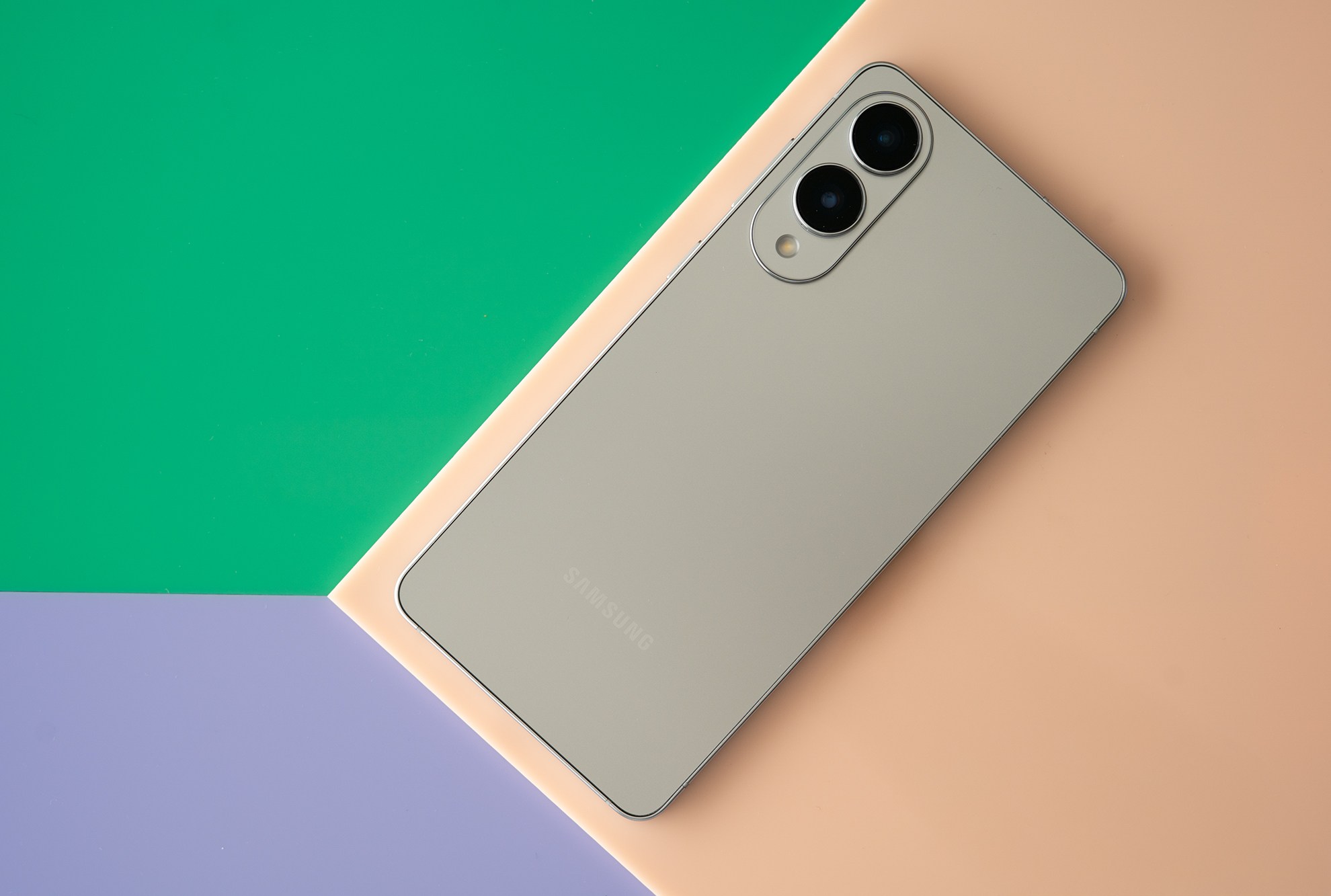
Using the Galaxy S25 Edge for the past couple of weeks has cleared up some of my concerns with this new form factor — one we’re likely to see from Apple in the near future, too. Battery life is alright. Using a thin phone really does feel different. Subtracting 1.5 millimeters in thickness actually does make it appreciably easier to carry.
The S25 Edge makes a kind of sense for someone who likes a large screen but not the bulk and weight of a big phone. But this person should also be someone who’s easy on a battery, and isn’t the kind of person who just wants to buy a phone and not have to think about replacing it (or more likely its battery) for as long as possible. Those are some pretty serious caveats.
At the very least, I encourage you to go find this phone at your wireless carrier or Best Buy or whatever and just pick it up. It doesn’t seem that impressively slim or light on paper, but you might just be amazed at how it feels in your hand.
Photography by Allison Johnson / The Verge
Agree to Continue: Samsung Galaxy S25, S25 Plus, and S25 Edge
Every smart device now requires you to agree to a series of terms and conditions before you can use it — contracts that no one actually reads. It’s impossible for us to read and analyze every single one of these agreements. But we started counting exactly how many times you have to hit “agree” to use devices when we review them since these are agreements most people don’t read and definitely can’t negotiate.
To use the Samsung Galaxy S25, S25 Plus, or S25 Edge, you must agree to:
- Samsung’s Terms and Conditions
- Samsung’s Privacy Policy
- Google’s Terms of Service (including Privacy Policy)
- Google Play’s Terms of Service
- Automatic installs (including from Google, Samsung, and your carrier)
There are many optional agreements. If you use a carrier-specific version, there will be more of them. Here are just a few:
- Sending diagnostic data to Samsung
- Samsung services, including auto blocker, customization service, continuity service, nearby device scanning, personal data intelligence, and smart suggestions
- Google Drive backup, location services, Wi-Fi scanning, diagnostic data
- Bixby privacy policy (required to use Bixby), plus optional for Bixby options like personalized content, data access, and audio recording review
There may be more. For example, Samsung’s Weather app also has its own privacy policy that may include sharing information with Weather.com.
Final tally: there are five mandatory agreements and at least 10 optional ones.
Read the full article here








